Inspire middle east
Lebanese-born Abdel-Halim Caracalla created the Caracalla Dance Theatre during an era when pursuing a career in the expressive arts was not the norm.
Starting with just ten dancers in 1968, Caracalla realised his dream, despite the social stigmas of the time and the civil war of 1975-1990.
The 80-year-old became a pioneer of dance in the Middle East, taking folk forms like dabke from traditional weddings to the stage.
“I was born into a society that had no links to dance,” he told Euronews. “Pursuing a career in dance was not acceptable, for a man or [a] woman, but I was determined.”
Caracalla trained first in his native Baalbek, before completing his apprenticeship under the watchful eye of legendary choreographer and dancer Martha Graham, in London during the 1960s.
In the years that followed, Caracalla Dance Theatre toured the world, performing in venues from New York’s Kennedy Centre to London’s Sadler’s Wells Theatre.
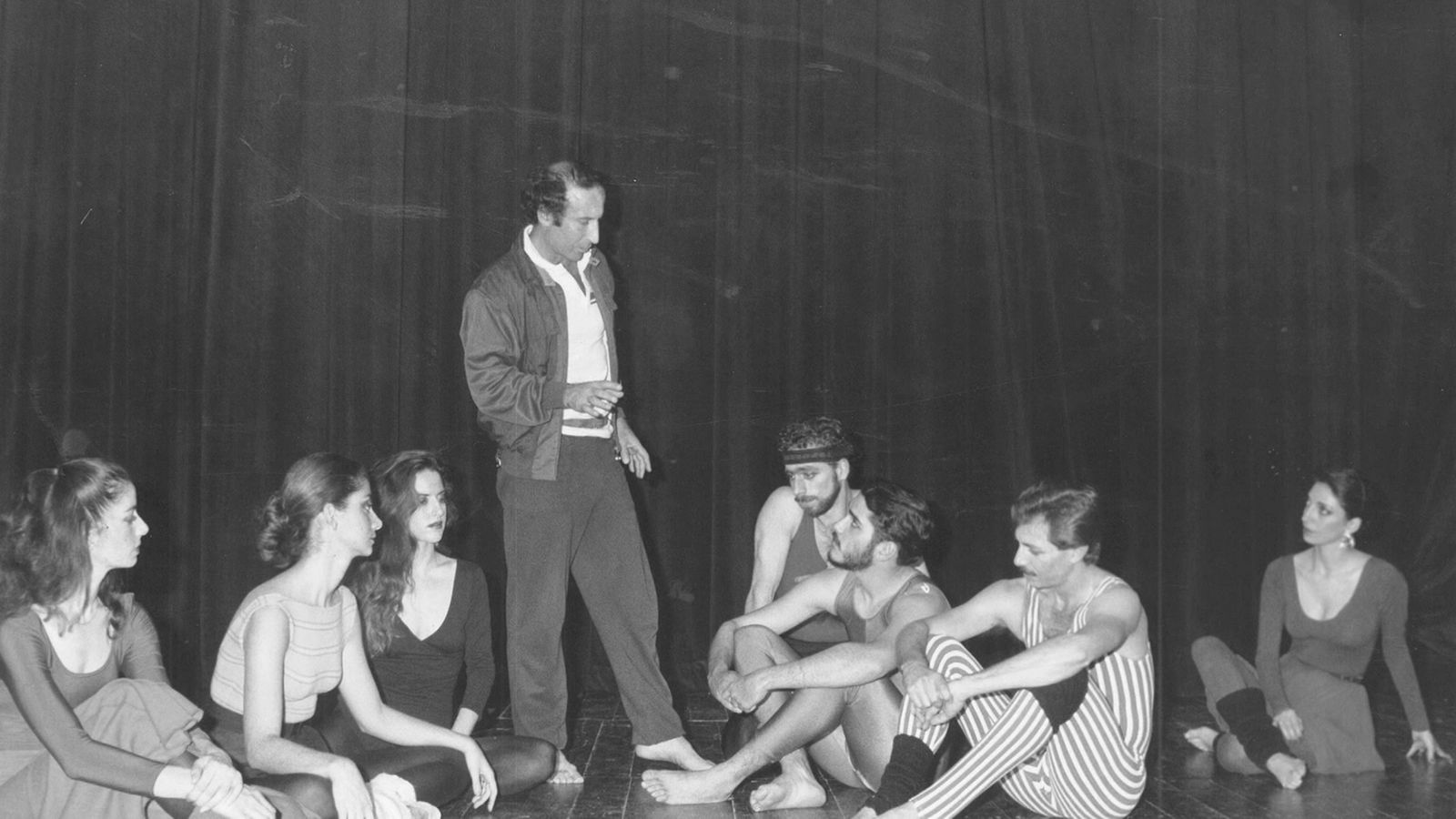
Abdel-Halim Caracalla talks to his dancers
Abdel-Halim received funding from some leaders in the Middle East region like King Hussein of Jordan, as well as support from governmental bodies like the Abu Dhabi Authority for Culture and Heritage.
In 2008, Sheikh Khalifa Bin Zayed Al Nahyan, President of the United Arab Emirates, conferred Caracalla with the Order of Independence, in acknowledgment of his contribution to the arts in the Middle East.
Classic & contemporary
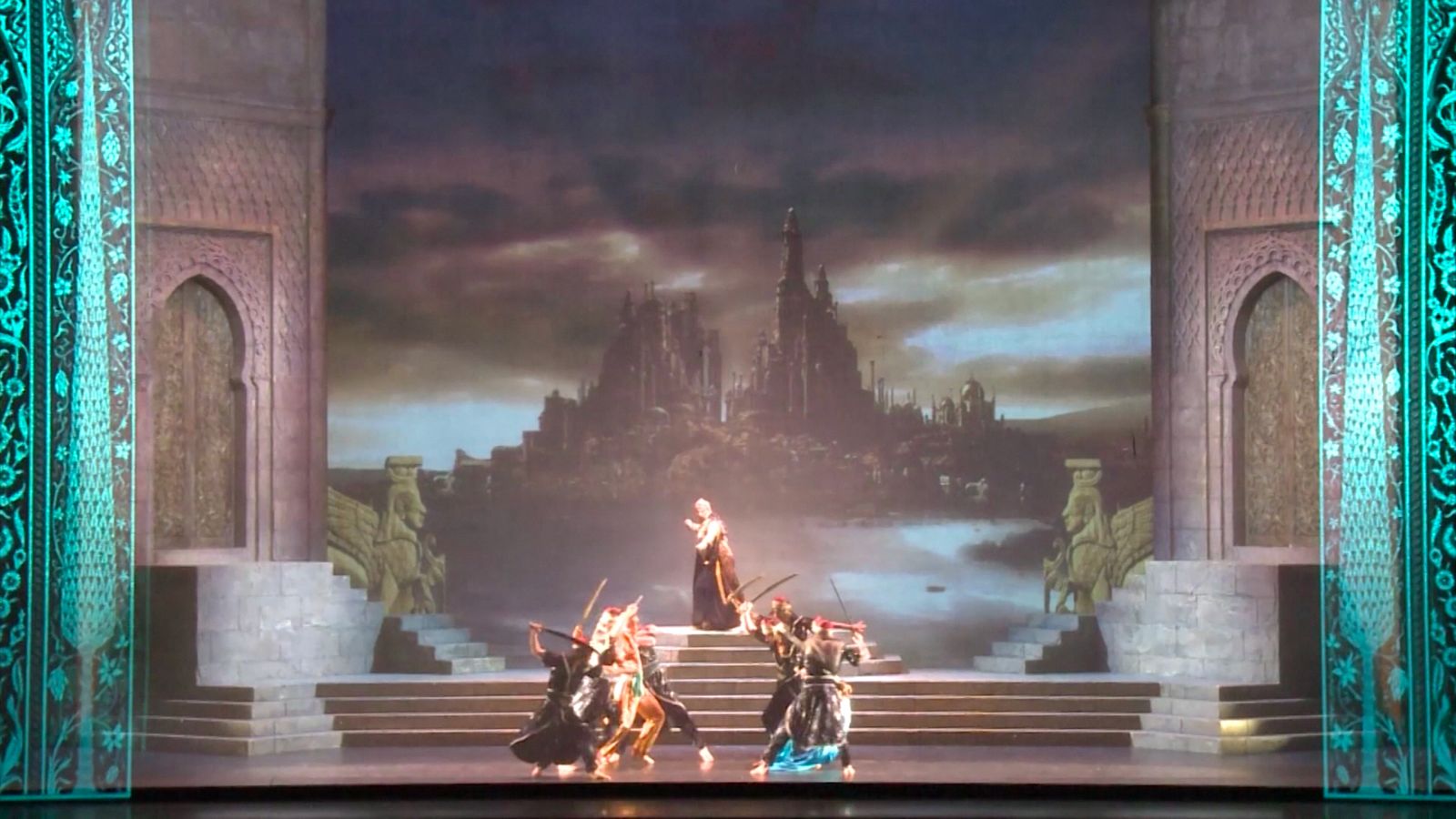
The Caracalla Dance Theatre performs on stage
Abdel-Halim created a, “unique evolution in Arab dance culture,” by mixing traditional Lebanese dance forms with international methods, so says his daughter, Alissar, who is the company’s choreographer.
“It’s the warmth of the Middle East, the music, the colors, the textures – but then you also have the technique of the West,” she says. “You need that technique. You can’t just take a folkloric step and put it on stage and do a two-hour performance with just a folkloric step. You need to be able to elaborate that dance form.”
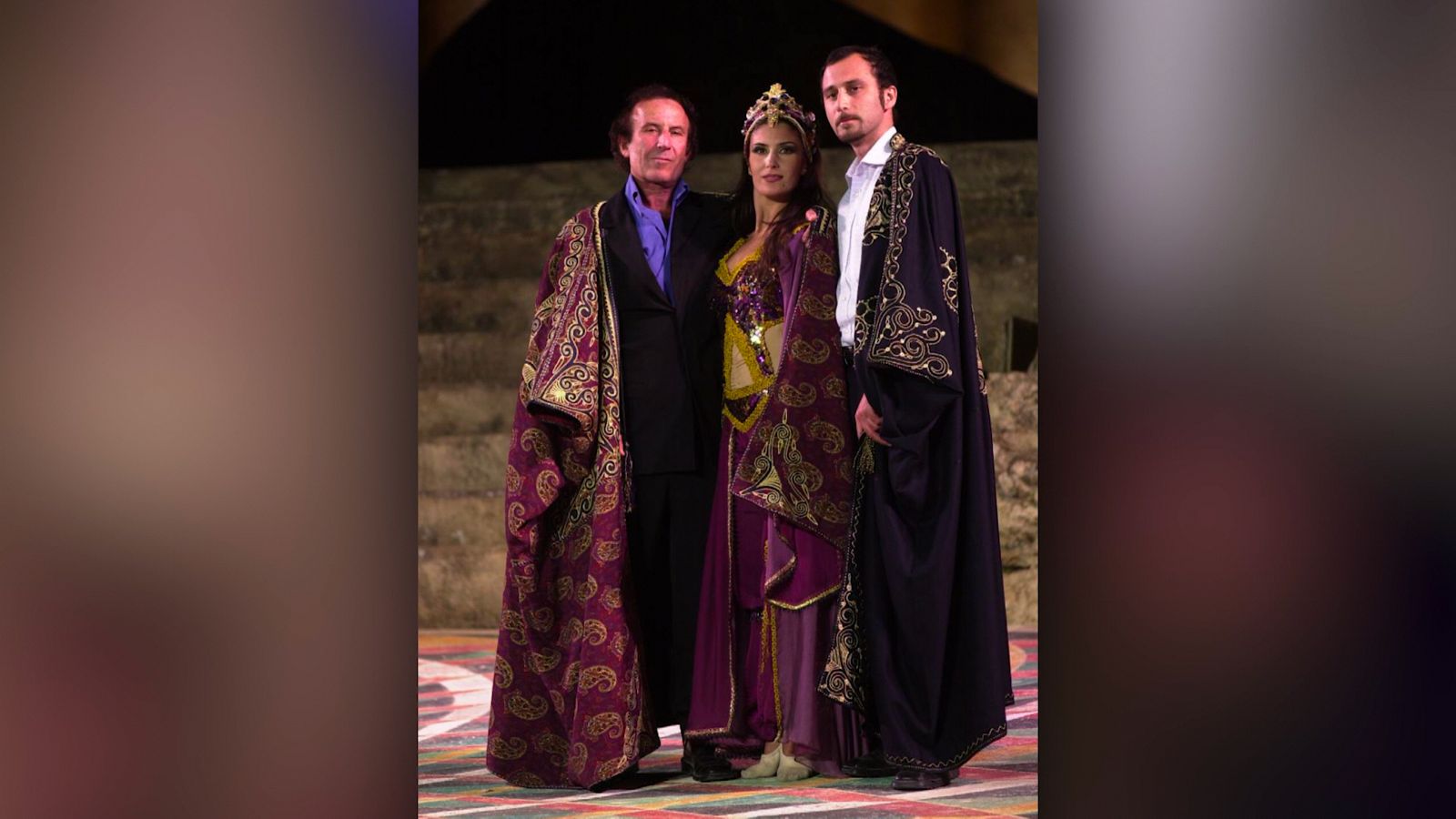
Abdel-Halim Caracalla with his children Alissar and Ivan Caracalla
Alissar’s sibling, Ivar, is also involved in the business, as company director.
Both are keen to keep their father’s rich storytelling tradition alive whilst embracing modernity.
“[In] 2020, everything’s modern. We have to push into the future,” muses Ivan. “Another could say, ‘No, we have to keep our identity, we have to keep our culture.’ We don’t want to veer too far off our roots.”
The show must go on
Whilst remaining anchored in tradition, the Caracalla company has also been forced to move with the times.
Of late, its most recent challenge has been to adapt to the impact of COVID-19.
The troupe’s last performance, before the pandemic struck, was the legendary love story “Jamil and Bouthayna”, at Al Ula in Saudi Arabia.
To ensure all dancers are ready to return to the stage when the time comes, however, Zoom workout sessions are held on a regular basis.
SEEN ON SOCIAL MEDIA: IMPROVEMENT
Lebanese Isabelle perfected her ballet moves at Caracalla rehearsals.
Voir cette publication sur Instagram “Ever tried. Ever failed. Try again.Fail better.” Becket #dance #livelovedance
Une publication partagée par Isabelle Zighondi (@isabellezighondi) le 19 Mai 2016 à 9 :56 PDT
With contributions from Nancy Sarkis, Arthur de Oliveira and Nicolas Tabbal.





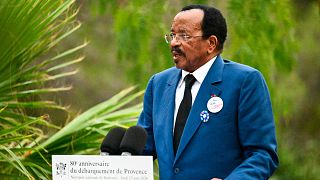
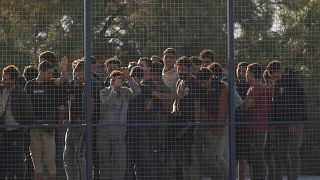

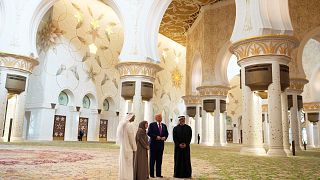
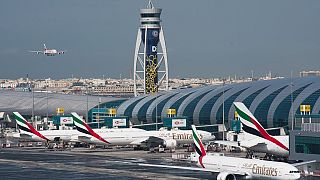

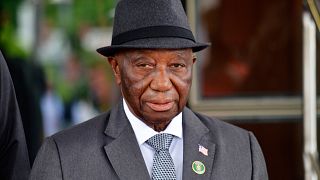
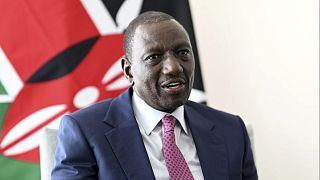
00:51
Marrakech national festival: honoring the legacy of popular arts
02:20
Young designers grace the runway at Fashion Finest Africa’s show in Lagos
02:19
Parkinsons patients report better balance after capoeira classes
Go to video
Paraguayan town celebrates vibrant Kamba Ra'anga festival with masks, fire and tradition
00:50
Ons Jabeur retires from Wimbledon Opener due to breathing issues
02:19
US funding cuts threaten youth programmes at Kenya's Kakuma refugee camp